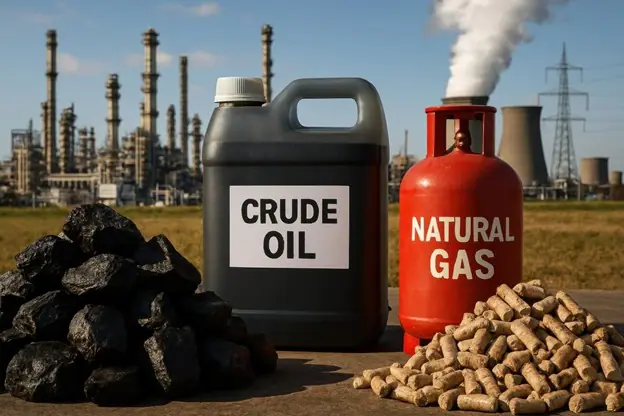In a plot twist nobody saw coming this early, China has overtaken the U.S. as the biggest buyer of oil shipped through Canada’s newly expanded Trans Mountain pipeline (TMX). What’s behind this shift?
A mix of global politics, trade tensions, and China’s hunt for more stable, diversified crude oil sources.
This isn’t Only About Who’s Buying Canadian Oil
It’s about how geopolitical tensions are rewriting the global oil trade map.
The $24.4 billion Trans Mountain Expansion Project (TMX) was built to open new markets for landlocked Alberta oil. TMX tripled the pipeline’s capacity to 890,000 barrels daily, offering access to Pacific tidewater ports.
Originally, industry experts expected the U.S. to be the main buyer, especially refineries along the West Coast.
But then came President Trump’s renewed trade war rhetoric and whispers of annexation (yes, really), plus China’s discomfort with being too dependent on Russian and Venezuelan crude. Suddenly, Canadian oil looks a lot more attractive to Beijing.
Canada Might Be the Cleaner, Quieter Neighbor
Chinese refiners are loving TMX crude right now.
This is mostly because of reduced appetite for Russian oil amid sanctions and diplomatic rise, and a desire to diversify away from Venezuelan and other sanctioned sources.
U.S. trade unpredictability makes Canadian crude a safer long-term bet, and a high-quality, reliable supply from Canada’s stable production base has also played a role.
According to Philippe Rheault of the University of Alberta’s China Institute, “A lot of China’s refineries are mindful of U.S. sanctions, and so have been trying to diversify.”
Canada is looking like the cleaner, quieter neighbor with oil to spare.
Canada’s Game is Changing
Canada has historically exported over 90% of its crude to the U.S.. But the tide is turning.
In 2024, Canadian oil exports to non-U.S. destinations rose nearly 60% to a record 183,000 bpd, according to Statistics Canada.
Canada’s buyers now include South Korea, Japan, India, Brunei, and Taiwan.
With TMX’s Pacific access, Canada is finally leveraging Asia’s growing energy demand.
TMX Still Has Room to Grow
Despite the global buzz, TMX was only 77% full in 2024, slightly below projections. Blame high tolls meant to recover construction cost overruns.
However, Trans Mountain Corp expects that to rise to 84% in 2025 and 92% by 2027.
Even more interesting: The company is considering a further expansion that could add 200,000–300,000 bpd. And if China continues its buying spree, experts believe most of that new capacity will be bound for Asia, not the U.S.
This is a Pivotal Moment for Canadian oil
The TMX expansion was always about reducing dependence on U.S. buyers, and it is finally happening.
Of course, challenges like high toll fees for exporters, regulatory and political roadblocks to building more pipelines, and environmental pushback on further oil infrastructure remain.
But if current trends hold, Canada could increasingly become Asia’s reliable energy partner, with China leading the charge.



